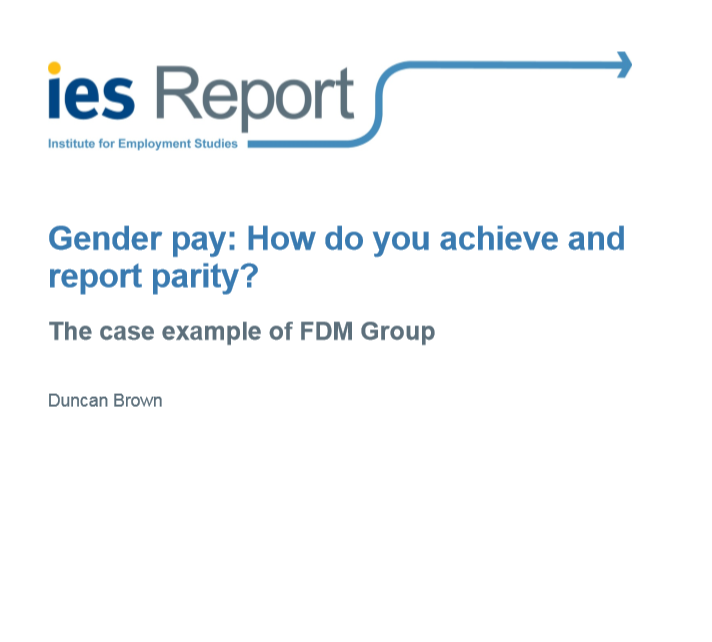Report: Gender pay: How do you achieve and report parity?
The report draws out six conclusions for other employers hoping to reduce, or eradicate, their gender pay gaps.
- Leadership and ‘practising what you preach’ is essential, ensuring the example is set from the top of the organisation.
- Investing in your talent and a ‘grow your own’ approach has underpinned FDM’s progress towards gender pay parity.
- Appropriate HR and diversity policies play an important supporting role.
- Measuring and monitoring. Without operating a dictatorial top-down, target-driven approach, gathering and reporting gender and other diversity statistics has clearly been a key tool which FDM has used to support and monitor its progress towards gender equality.
- Gender pay reporting needs to be one external manifestation of an open, high communications culture in which relevant gender and other diversity data is regularly circulated and discussed.
- Gender pay reporting should be one part of a multi-pronged and evolving approach and this approach should be sustained over time.







